Facts About the Golden Gate Bridge
It’s Not Actually Golden
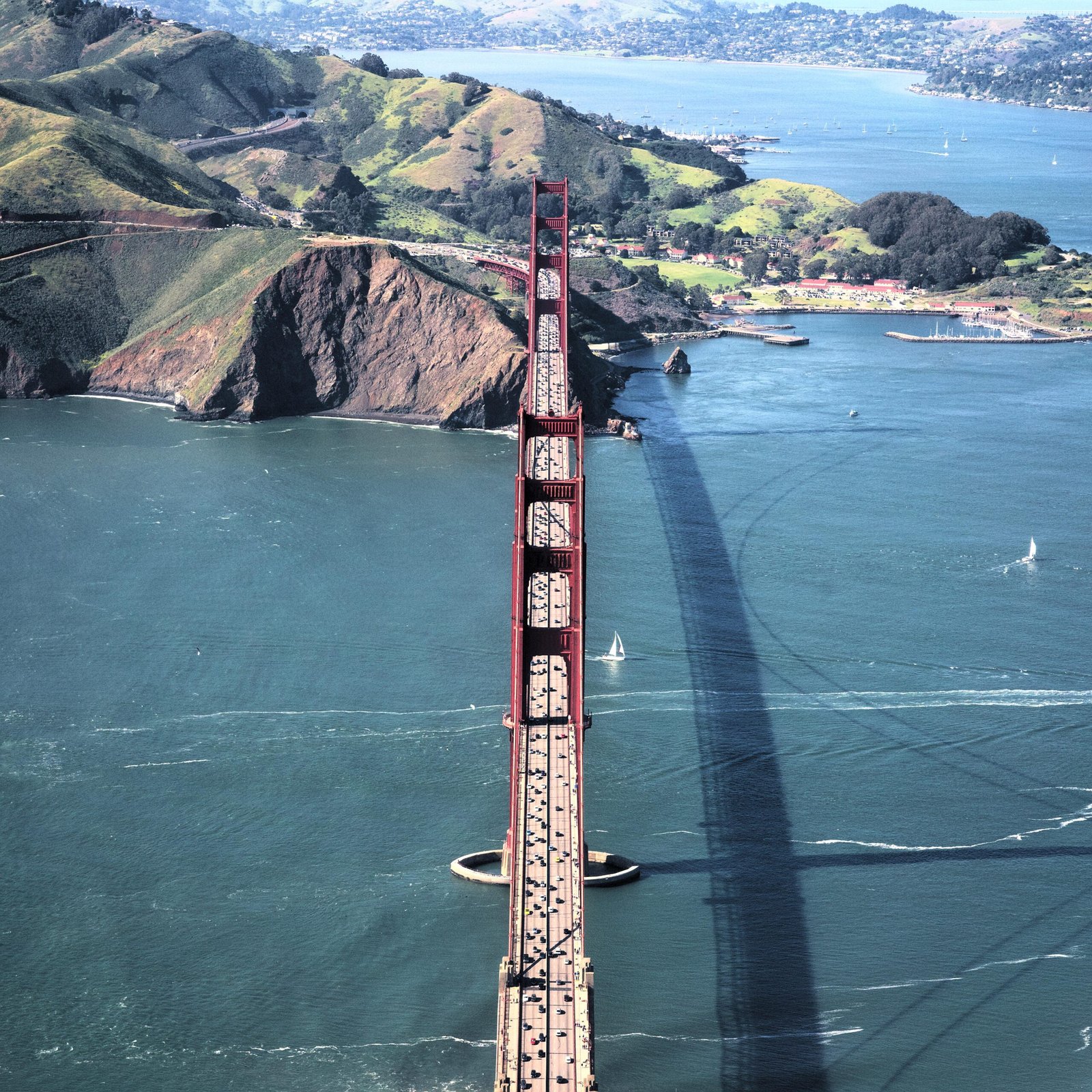
Contrary to what its name might suggest, the Golden Gate Bridge is not actually painted gold. This famous landmark is cloaked in a vibrant color known as “International Orange.” The choice of this distinctive hue was strategic. This vivid orange color enhances visibility, dramatically standing out against San Francisco’s often foggy backdrop. The unique color not only serves an aesthetic purpose but also plays a vital role in maritime navigation, ensuring ships spot the bridge even under the thickest fog layers. This choice was the result of a need to marry function with form, a theme that resonates throughout the construction of this iconic structure. Indeed, the bridge’s color has become part of its unique allure, making it instantly recognizable worldwide.
Engineering Marvel
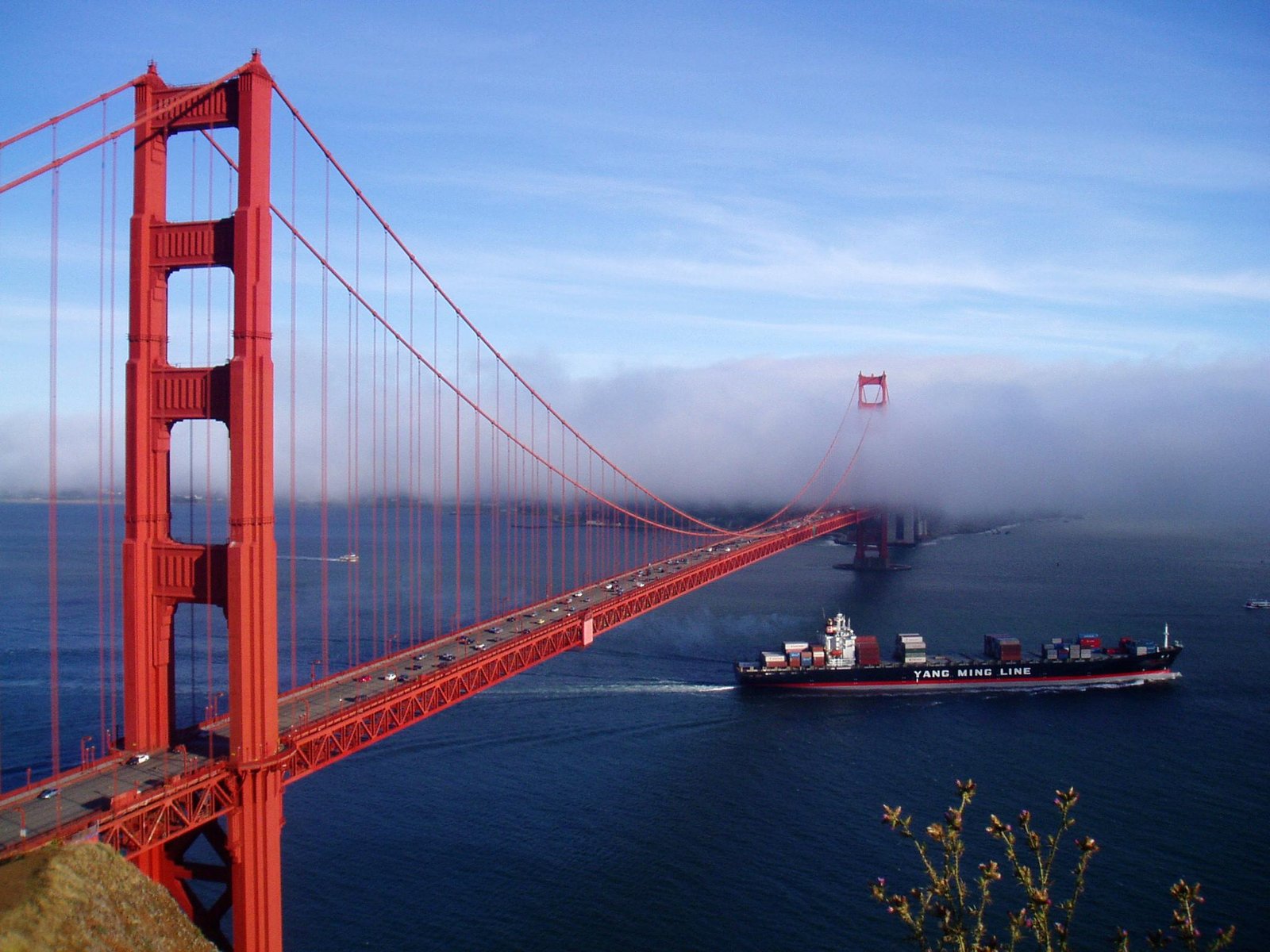
When it was completed in 1937, the Golden Gate Bridge held the distinction of being the longest and tallest suspension bridge in the world. Its vast span measures a remarkable 4,200 feet (1,280 meters). As an engineering marvel of its time, it captivated the world with its blend of form and function. Overcoming immense technical challenges, the design incorporated advancements that inspired future bridge designs around the globe. It stands as a testament to human ingenuity, challenging the frontiers of what was thought possible in bridge construction during the 1930s. Those who dared to dream it into existence pushed the boundaries, proving that obstacles are merely opportunities for innovation.
Tough Weather Conditions
San Francisco Bay is notorious for its challenging weather conditions, and the Golden Gate Bridge was designed with this in mind. The engineers crafted it to withstand harsh winds that can reach up to 100 mph (161 km/h) and potential earthquakes, which are a natural characteristic of California’s geology. Its resilience to these conditions speaks volumes of its impeccable design and sturdy construction. Each section of the bridge has been meticulously designed and tested to ensure it can bear the brunt of nature’s fury without faltering. This aspect of the bridge not only makes it an engineering masterpiece but also showcases its robust endurance in the face of adversity.
Named After the Strait
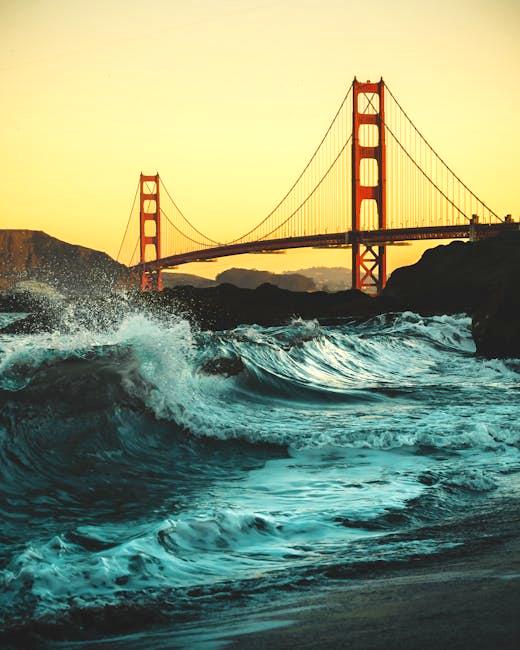
When people hear “Golden Gate Bridge,” the first thought is usually about the stunning architecture. However, the bridge gets its name from the Golden Gate Strait, the channel of water it spans. This waterway serves as a vital link, connecting the expansive Pacific Ocean to the serene waters of the San Francisco Bay. The naming of the strait itself is steeped in history, serving as a nod to the importance of this gateway, much like the ancient straits that connected critical parts of the ancient worlds. The bridge thus personifies this gateway, standing as a sentinel over the waters and continuing the legacy of its namesake.
Construction Challenges

Built during the challenging era of the Great Depression, the Golden Gate Bridge took over four years to complete. Despite the economic constraints of the time, the bridge was completed at the cost of $35 million, an impressive feat considering it was under budget. The construction didn’t just face financial hurdles but also had to navigate the dangerous terrain and unpredictable weather conditions. Yet, through determination and innovation, the builders overcame these obstacles. The endeavor brought together teams of skilled workers and visionaries who created something more than just a bridge—it became a symbol of hope and progress during a time of hardship.
Safety Innovations
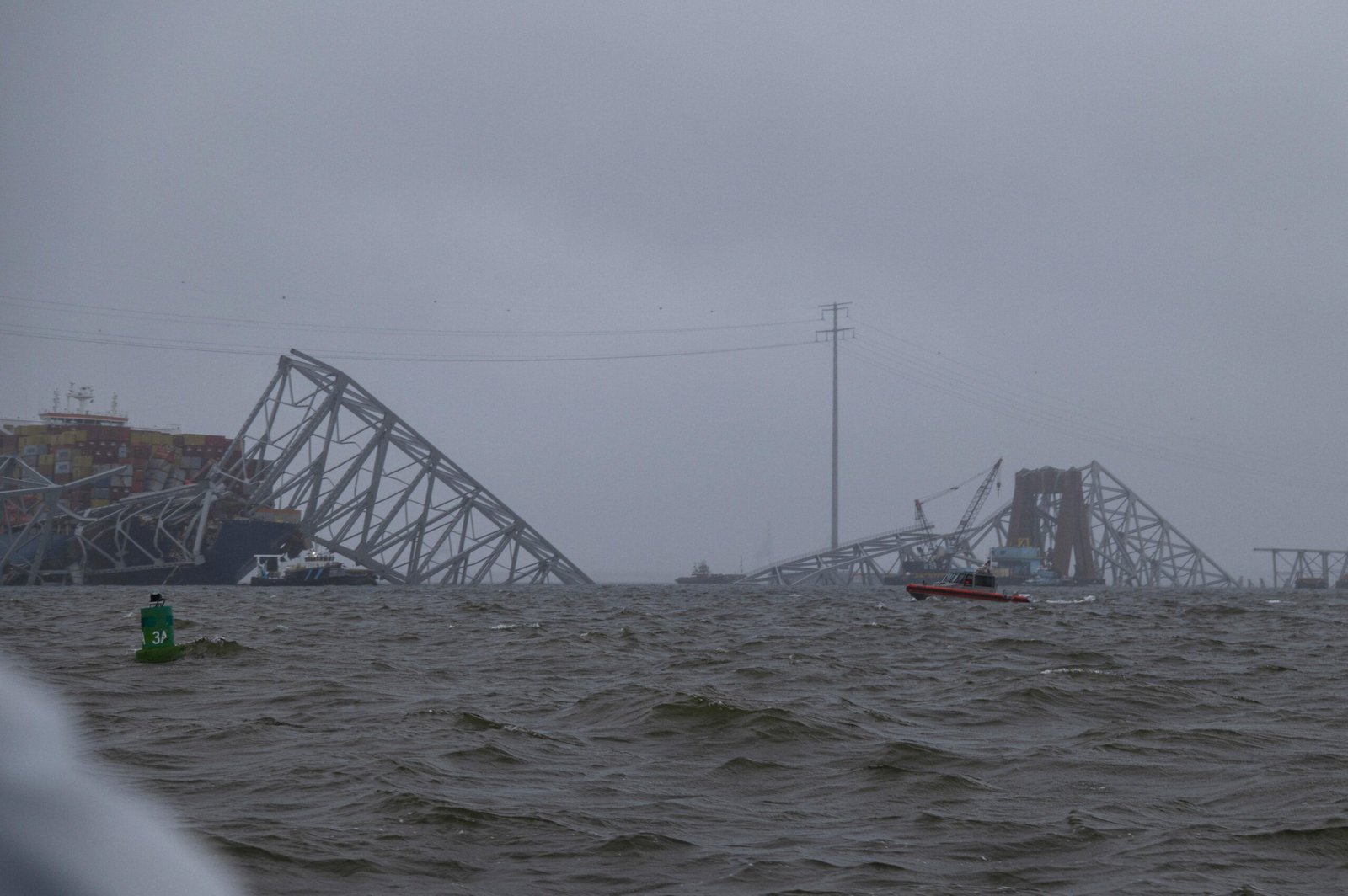
Safety was a primary concern during the bridge’s construction, and Joseph Strauss, the chief engineer, took unprecedented measures to ensure the well-being of the workers. He implemented a safety net beneath the construction site, an innovative approach for that era. This net saved the lives of 19 workers, who earned membership in what became known as the “Halfway to Hell Club.” This legacy of safety became a benchmark for future projects, emphasizing the importance of protecting human life during the realization of architectural dreams. The bridge, thus, paints a picture not just of human achievement, but also of consideration and care.
Frequent Maintenance
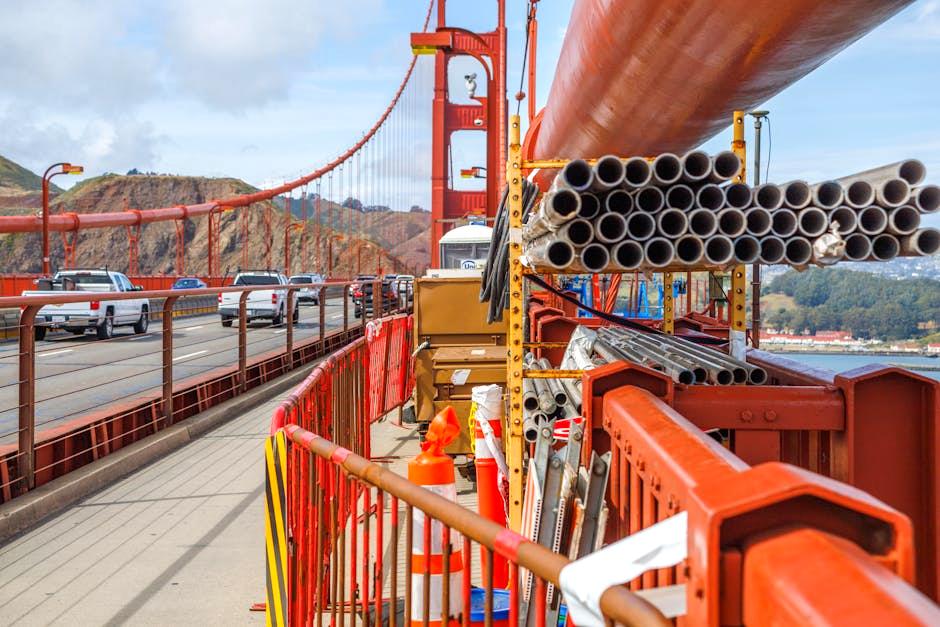
The Golden Gate Bridge is a living monument to architecture and engineering, and it requires constant care and maintenance. The salty sea air surrounding San Francisco can be unforgiving, causing corrosion over time. To combat this, workers are constantly repainting the structure, ensuring its longevity and preserving its iconic “International Orange” look. This never-ending task ensures that the bridge stands resilient against the elements, much like the mythical creatures enduring through the sands of time. The effort resonates with how ongoing maintenance parallels the timeless care needed for cherished landmarks, securing them for future generations to marvel.
Traffic and Toll
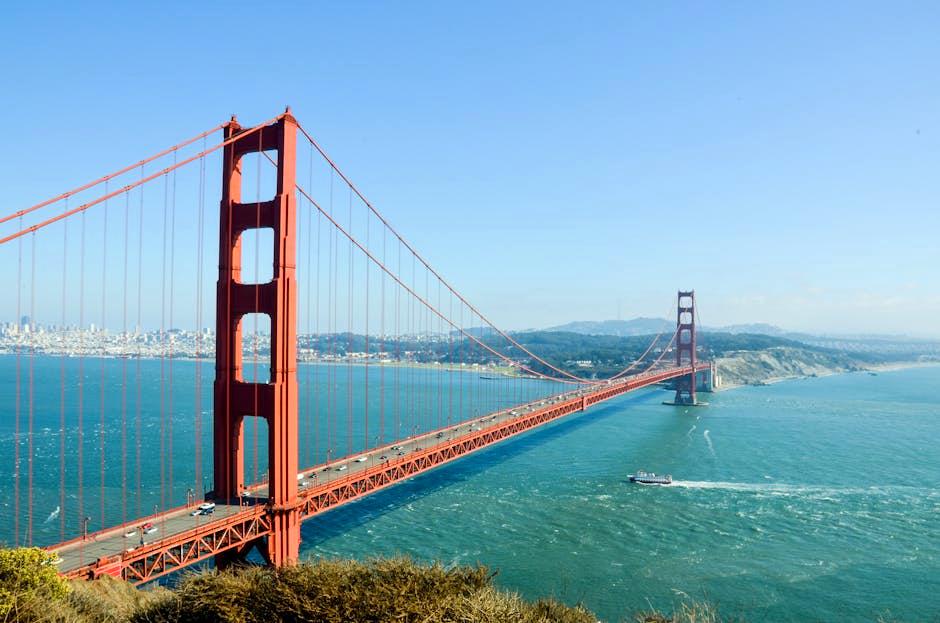
Every day, around 112,000 vehicles travel across the Golden Gate Bridge, emphasizing its crucial role in connecting people and places. Its capacity to handle such large volumes of traffic seamlessly showcases its design’s foresight and effectiveness. For southbound traffic heading into San Francisco, there’s an electronically collected toll, varying in amount, which supports the ongoing maintenance and operation costs of the bridge. This efficient system allows for uninterrupted flow while contributing to the bridge’s upkeep. The toll and traffic also emphasize the bridge’s indispensable role in modern urban life, acting as the lifeline joining two pivotal regions across the bay.
Film Star
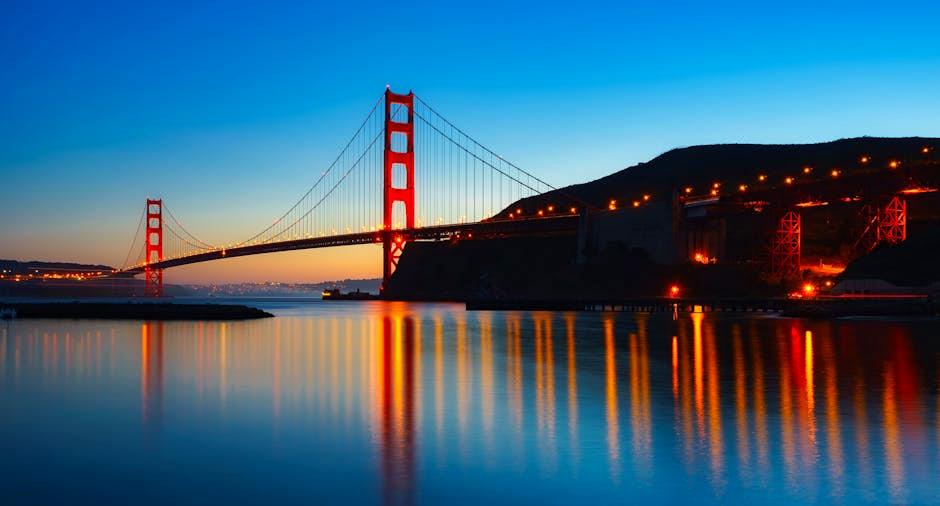
The Golden Gate Bridge has graced the silver screen in countless films, becoming an unspoken character in each. Its presence is felt in classics like “Vertigo,” action-packed sequences in “X-Men: The Last Stand,” and the post-apocalyptic world shown in “Rise of the Planet of the Apes.” The bridge’s sheer elegance, combined with its cultural significance, makes it a quintessential backdrop for a wide array of narratives. Its cinematic legacy brings the bridge into the homes and hearts of audiences worldwide, showcasing it as more than just a structure but as a silent storyteller across decades of film history.
Iconic Status
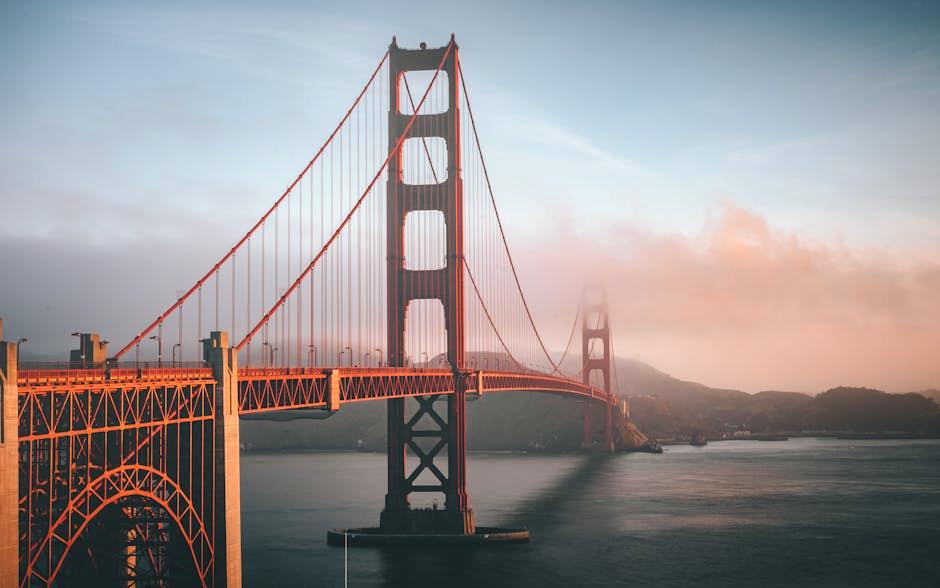
Undeniably, the Golden Gate Bridge is one of the most photographed landmarks in the world. Its striking design and historical significance make it not only a symbol of San Francisco but also an emblem of America’s inventive spirit. Those capturing its beauty—from tourists to professional photographers—immortalize its grandeur in pictures, continually celebrating its status. It stands as a source of inspiration, drawing countless admirers with its grandeur, much like an iconic masterpiece of art. This iconic status reinforces its place in history, solidifying its relevance as a testament to human achievement and a source of perpetual fascination.
